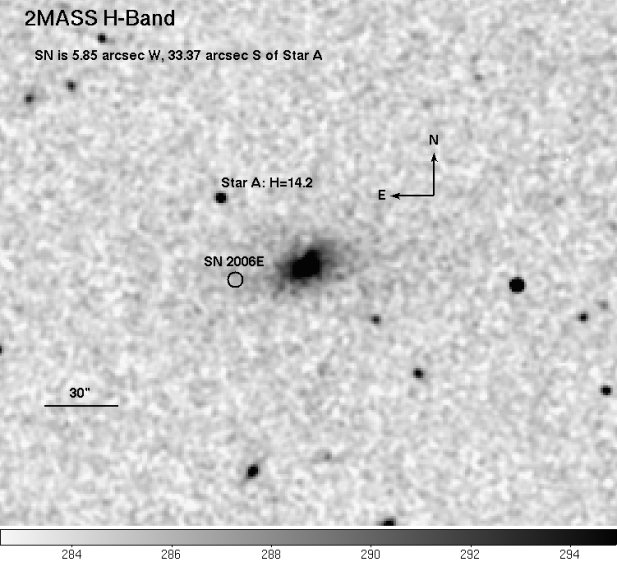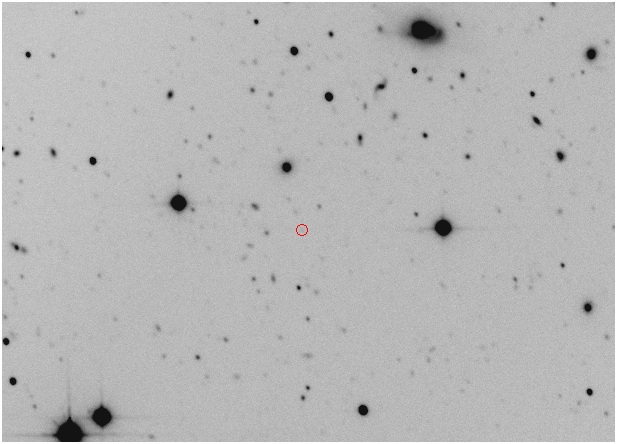![[weather icon]](../generic-images/gemini_logo.gif) |
Finding Charts
|
By default the observer will use the optical Digital Sky Survery or
the 2MASS image of the field in the Position Editor
to identify the target during acquisition. An additional finding chart
should be provided any time there are uncertainties about the identity
of the target, e.g. crowded fields or very faint sources.
Starting
with OT Abeja (2006B) finding charts should be submitted to Gemini
using the File Attachment tab of the Gemini Science Program component
in the Program Editor.
Finding charts should follow these guidelines:
- The name of the file should clearly indicate the target name
- The
description in the File Attachment tab should be in the format '[N1,N2,
...] Finder' where N1, N2, etc are the obsid numbers of the
observations associated with that finding chart.
- North and East must be clearly indicated. It is best to follow the convention of North up and East to the left.
- The image scale must be indicated with a scale bar annotated with the length in arcseconds or arcminutes.
- The filter or wavelength range of the image must be indicated.
- The target position must be clearly indicated.
- Longslit or IFU finding charts should show the position of the slit or IFU field.
- The entire instrument field-of-view should be shown.
- The
recommended file formats are GIF, JPEG, TIFF, and PPM (pgm, ppm, png).
Postscript and PDF are also acceptable. FITS format should
not be used for finding charts.
The following is an example of a good
finding chart. The bandpass and source of the image is given and
the orientation, scale, target, and offset star are clearly marked.

The following is a poor finding chart. The target is indicated but the orientation, scale, bandpass and instrument field-of-view are not given.

![[Observing Process Home]](obsprochomebtn.gif)
![[Science Operations home]](../generic-images/sciopshomebtn.gif)
![[Telescope home]](../telescope/telhomebtn.gif)
Last update December 7, 2006; Bryan Miller
![[weather icon]](../generic-images/gemini_logo.gif)
![[weather icon]](../generic-images/gemini_logo.gif)

